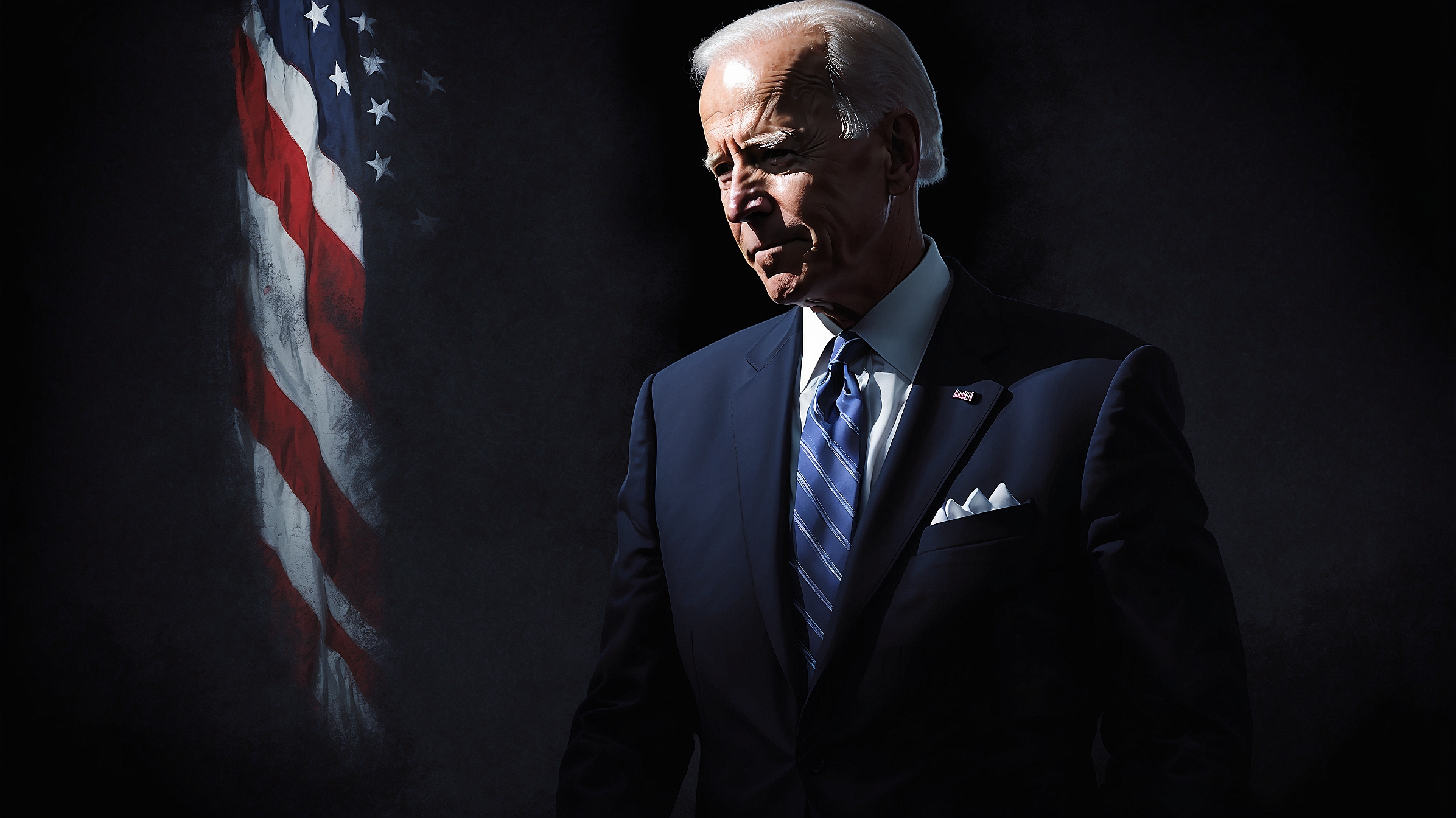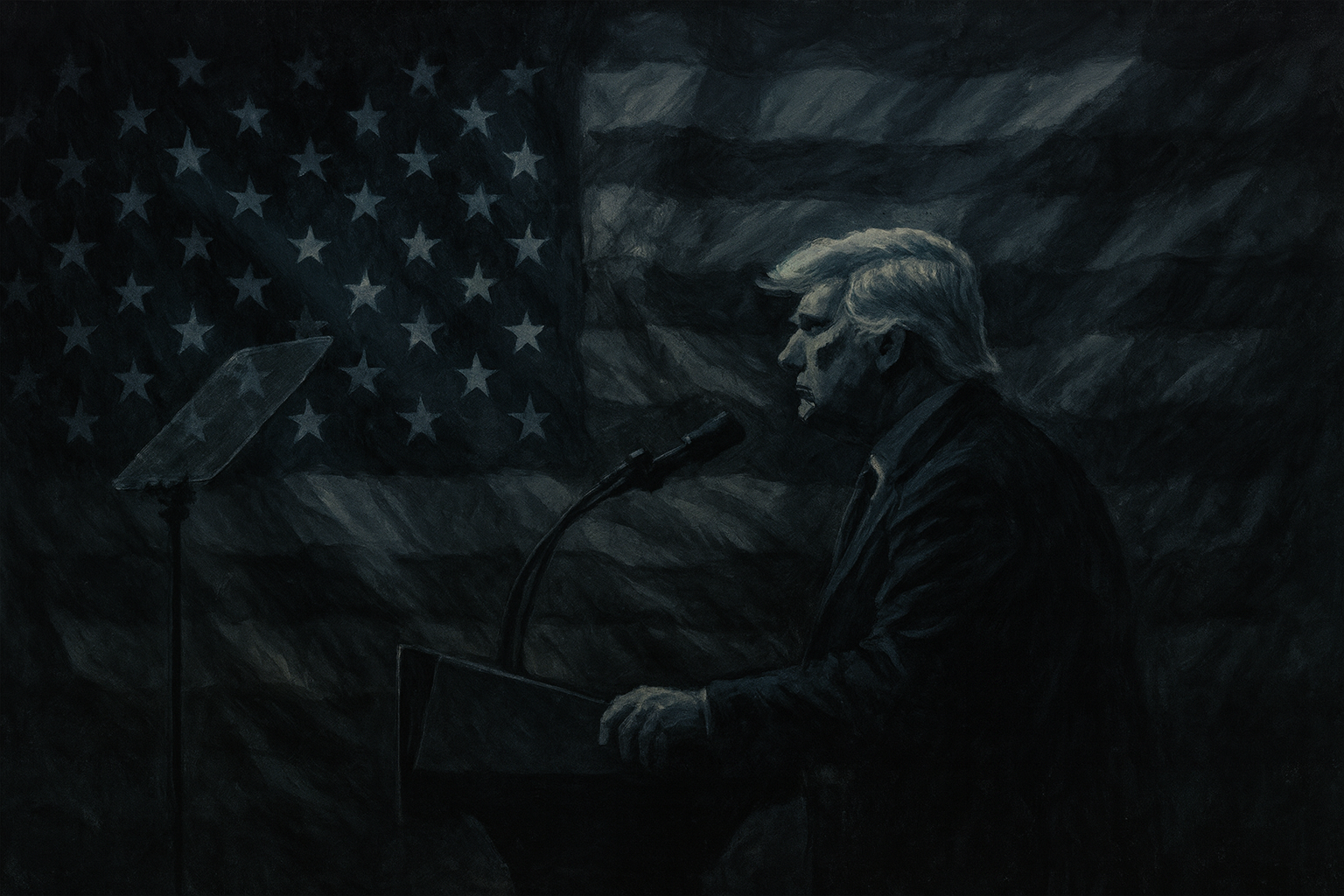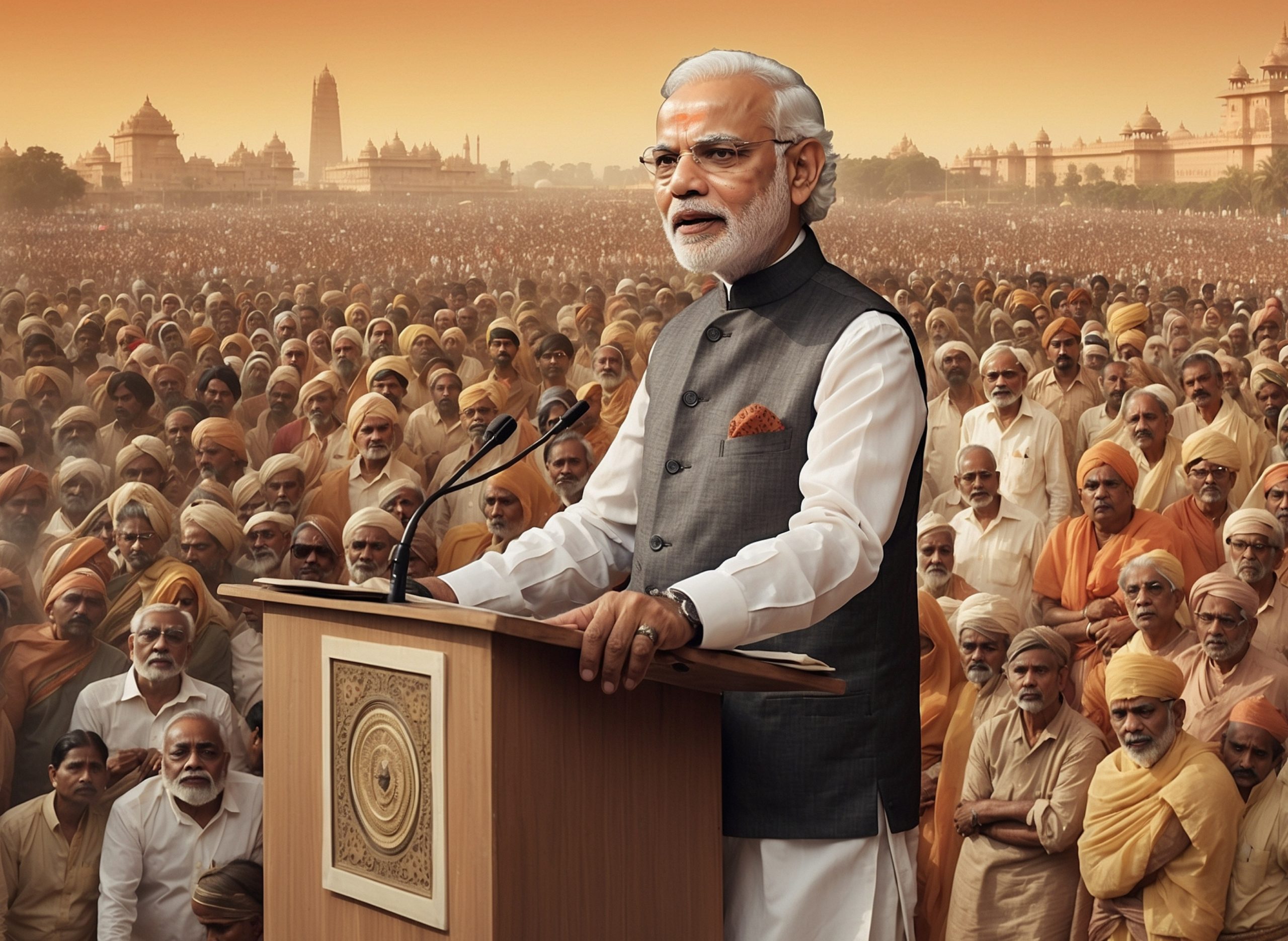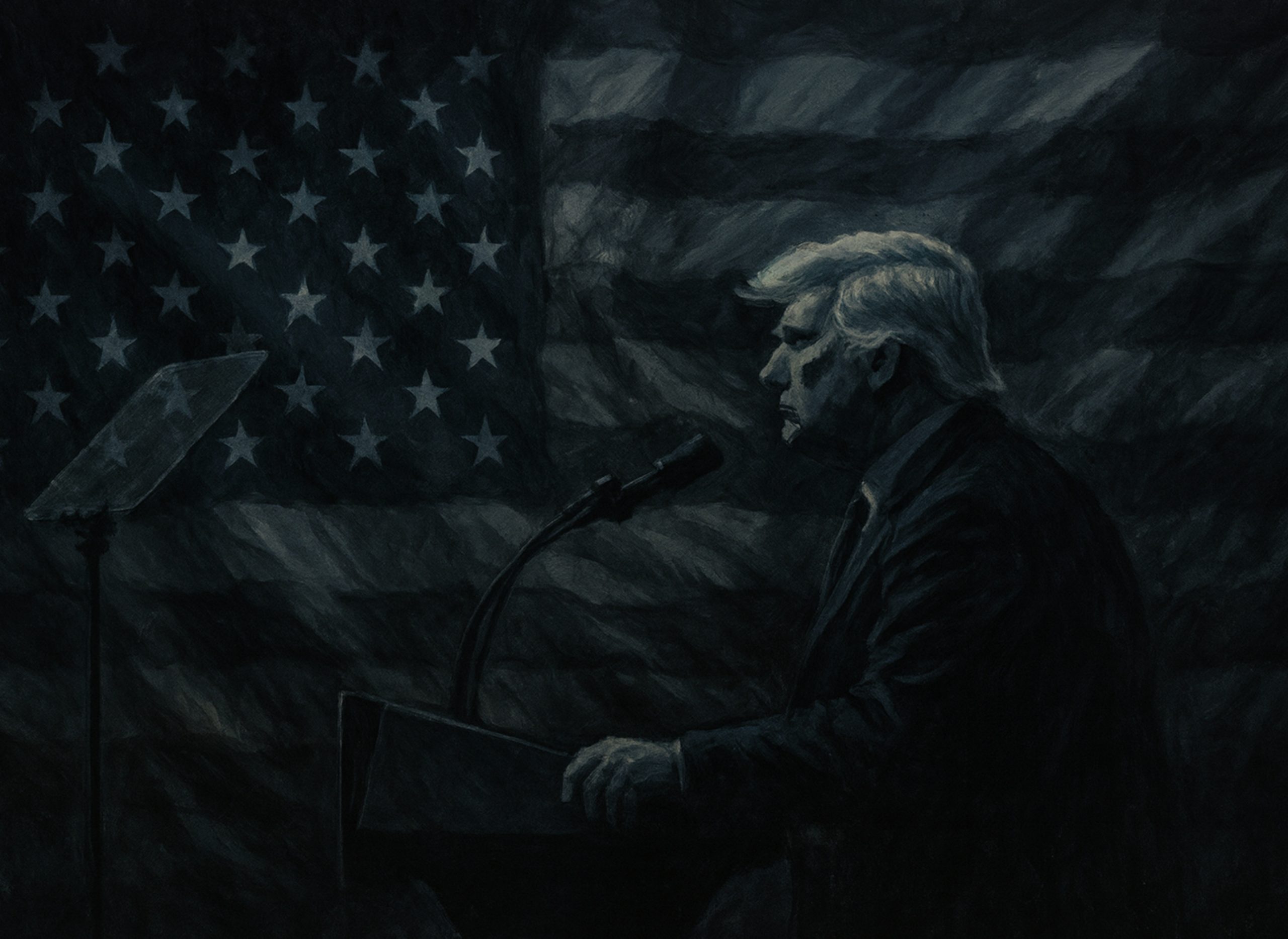
Authoritarian Playbook, American Edition
Trump’s War on Norms
By | Caleb Anderson,
SEPTEMBER 03, 2025
The 2025 Special Edition
President Trump has been very successful in steamrolling institutional norms for his own interests. Many wonder why and how Trump has been successful in this and how American democracy as it is known can continue to function. Trump has been very successful in the past 10 years despite scandals that grow larger and larger. He has successfully challenged “the establishment” with populist rhetoric, all but buried the old Republican Party, and has continued to be successful with broadening the MAGA coalition with anti-institution messaging. His messaging, while often untruthful, is compelling to many American voters.
This is especially true post-COVID. In particular, he has been successful in pulling in low-propensity voters — people who have historically voted at lower rates. In the 2024 election, he improved his performance in every state besides Washington State and Washington, D.C. His performance with minority groups has improved substantially compared to 2016 or 2020 — he won more Black voters than any Republican in almost 5 decades. He also came very close to winning a majority of Latino voters compared to 2016, when he only won 28% of the Latino vote. These facts and polling are not news; however, they must be included in this article to understand the United States today and how Trump has exposed fragilities in the constitutional system.
The fact is that Trump won every swing state and a plurality of voters; he did not take power in a coup or ascend from vice president. While some Americans may regret their vote like after any election, the electorate voted for this. Trump reflects what the median American voter desires, and that includes his myriad policies and their stated outcomes. While an individual’s reasons for voting for Trump will vary, a distrust of institutions and government is a common thread for most. Distrust in institutions, while more common on the right, is not isolated to the right by any means. In 2024, only 22% of Americans said they trust the federal government “to do the right thing.”
Trump running roughshod through the federal government may be concerning to many, but for much of the electorate any pro-institution messaging is likely to fall flat. In short, it is hard to get Americans to care about the strength of institutions when the vast majority have at least some distrust for them. Sadly, breaking down institutions will make them even less effective, likely deepening distrust further. The lesson from this is that authoritarianism can absolutely exist within a democratic structure. While guardrails are in place and will likely hold out in the end, a democratic government is only effective if voters have at least some confidence in it.
Trump defying institutional constraints is a feature, not a bug, of MAGA. Given Americans’ deep distrust of institutions, it is easier to get support or at least tacit acceptance for executive actions that disregard existing processes. Trump’s campaigns have largely focused on the idea that elites and institutions are corrupt and in the way of true progress. Often, institutions are directly blamed. When they aren’t, they are indirectly blamed when others take priority. For instance, immigrants are blamed first for taking jobs, but cities and states also take blame for being “sanctuary jurisdictions.”
While Trump contributed to distrust in institutions during his first term, that distrust began well before his campaign in 2015. COVID accelerated distrust in a substantial way as well and occurred under both the Trump and Biden administrations. The distrust in government and institutions is likely to deepen under this administration, not improve. Institutional distrust in the U.S. is an issue that deserves its own article (or book), but it is a crucial aspect of understanding Trumpism, especially today.
The Strongman President
What has largely remained strong in the U.S. is its Constitution; however, norms from the executive branch have largely gone the way of the Dodo. If there is ambiguity in a law, and sometimes even clear mandates, Trump has demonstrated an ability to “just do things” and force changes with executive power. One clear-cut example from the spring was the effective destruction of USAID and its subsequent absorption into the Department of State. This occurred with minimal substantive pushback. Mass firings, drastic and conflicting agency changes, and seemingly random 180s on policy defined the late winter and spring of this year. Some of this was by design, while some was largely the result of DOGE and not Trump directly, despite his obvious responsibility as president.
The pace this reorganization occurred was in part to reduce the ability of courts, Democrats, the media, and the public to keep up in any meaningful way. Many employees were fired or otherwise left their agencies in a short period of time. Even among the employees lucky enough to be asked back, many declined to jump back into the circus — a logical and reasonable position. Given all this, even once Trump’s actions got into courtrooms, the damage was done. Trump has likely been emboldened by Trump v. United States, which gives criminal immunity for any “official acts” the president takes. His recent actions — as destabilizing as they may be — are official acts.
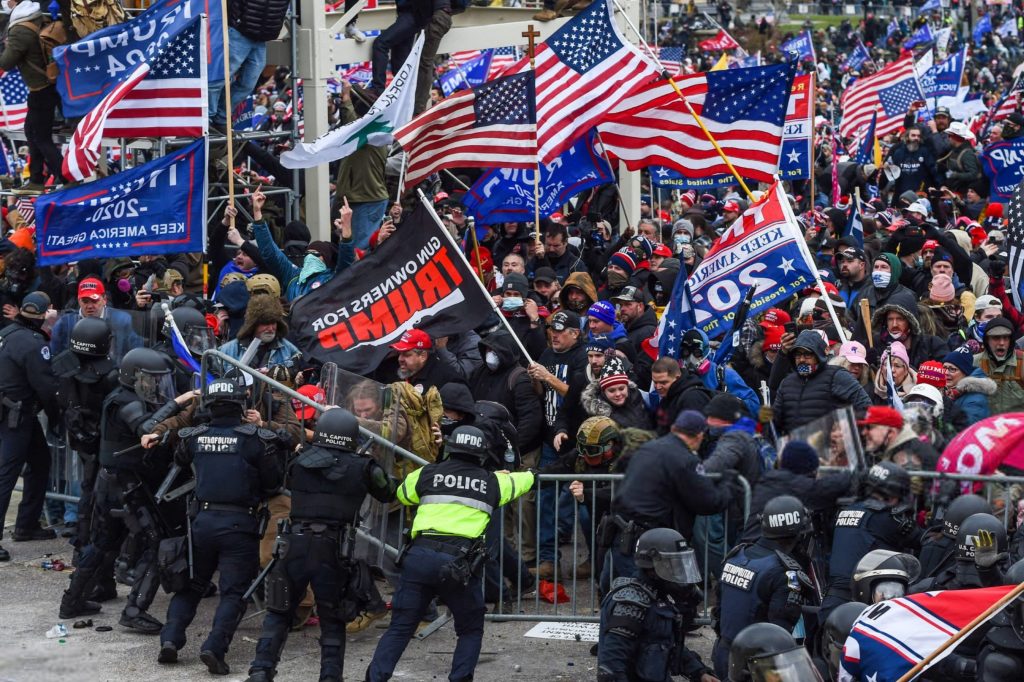
Acts taken by DOGE are more legally questionable, but the judiciary overall is friendlier towards Trump compared to his first term. Additionally, DOGE employees getting thrown under the bus likely doesn’t faze Trump either. That ignores that Trump’s DOGE won’t pursue charges against them for conduct that was approved by the White House. In whole, Trump is following aspects of the “unitary executive” theory. This theory posits that the Constitution grants the president complete control over the executive branch. While the Supreme Court has not directly imposed this concept, Trump v. United States and other cases have emboldened Trump to act as though the theory is accepted practice.
Some of Trump’s actions will not hold up in court, yet he pushes ahead regardless. Just recently, he signed an executive order in an effort to criminalize the burning of American flags. Texas v. Johnson was a Supreme Court case that held that burning flags is constitutionally protected speech. The only obvious exceptions that apply are unrelated to speech or expression, such as burning someone else’s property. The order is broad in wording and is an obvious attempt to work around Texas v. Johnson; it also directs the attorney general to pursue First Amendment litigation on the topic. As it stands, an American citizen is unlikely to face a conviction for flag burning and is even more likely to succeed on appeal.
However, this is a situation where the process is the punishment. Even if ultimately successful in court, an American could face arrest, court appearances, legal fees, etc. for burning a flag. This isn’t even to mention that foreign nationals could face visa revocation, arrest, and deportation, meaning they will likely never be made legally whole. While the order ostensibly only covers what is permissible under existing First Amendment precedent, it serves as a chilling effect at protests to make participants question if the risk is worth the benefit. Regardless of one’s views of flag burning, using the executive to chill speech in this way goes against both the letter and spirit of the First Amendment and is more reminiscent of what is seen in authoritarian countries.
Trump has also made it a point to appoint loyalists for cabinet positions and staff. While it is still early, there has been much less turnover in the White House compared to his first term. The DOGE firing blitz from earlier this year also served to put fear into the federal civil service. So while Trump may not be able to impact the federal workforce’s opinion of him, the commonly held fear of being fired and sent into a poor job market is a useful tool for Trump to ensure the federal government moves forward with his policies.
In whole, Trump is following aspects of the ‘unitary executive’ theory.
Continuity in agency leadership compared to Trump’s first term will also make the implementation of his agenda more consistent. Trump has been emboldened by recent Supreme Court decisions, lack of consequences from his legal battles and criminal convictions, and a more effective and loyal cabinet. For him there is no downside to pushing legal limits; either his policy goes forward or it is halted by the judiciary. Regardless, he cannot be held personally accountable and neither will his cabinet or staff. He is largely only limited by what the government is capable of doing rather than legal constraints.
Movements Larger Than Men
There has been an international right-wing wave since ~2015 that is not limited to Trump. Brexit’s vote preceded Trump’s election by ~5 months, for instance. Ideology itself can vary substantially while having common themes. For instance, Javier Milei of Argentina is a proponent of free trade as opposed to Trump, who regularly pans free trade and views the United States as being “ripped off.” That said, Milei and Trump have both cast doubt on climate change, are “anti-woke,” and have withdrawn their countries from the WHO.
In Brazil, many of Jair Bolsonaro’s politics were aligned with Trump’s. Bolsonaro and Brazil’s right emulated many policies that are associated with the American right. One of Bolsonaro’s policies was even making firearm ownership in Brazil easier. While not inherently a right-wing policy, firearm rights are unique to only a handful of countries, with the United States being the most prominent (and generally most lax). During Bolsonaro’s term, an NRA-like lobbying group called ProArmas was formed, which directly emulated America’s NRA.
This form of pro-gun lobbying is much more culturally aligned with the United States compared to gun-friendly European countries like Switzerland or the Czech Republic. While the case of firearms is interesting due to its traditionally American nature, Bolsonaro has created a movement in Brazil that goes beyond just himself. While Lula da Silva is currently president of Brazil, Bolsonaro’s politics are still a major force in Brazil. Many on Brazil’s right even hoped for representation at Trump’s second inauguration. While Bolsonaro is currently banned from running for office, this demonstrates that — like in the United States — their respective movements are bigger than themselves as politicians.
Allies in Doubt
In terms of foreign policy, Trump is relatively similar to his first term. He has threatened tariffs and proceeded with relatively limited military strikes — this time on Iran directly. Regarding tariffs, many only went into effect recently and were scaled back from what he threatened before. In the case of China, Trump recently extended (again) the trade truce for 90 days to work on a deal. This is not to say that the tariffs are not harmful. This is also not to say that disruptions will not occur; postal services in some countries are halting shipments to the U.S. based on Trump revoking the de minimis exemption.
However, these are the kinds of actions that most countries have been preparing for and are more reminiscent of Trump’s first term. The most important ways that Trump’s current term will differ from the first are on the Israel-Gaza and Russia-Ukraine conflicts. There are unlikely to be any departures from the firmly pro-Israel policy that he and his cabinet believe in. This will make Israeli-Arab normalization — a success of his first term — much more difficult than before the October 7 attacks. Ukraine will likely be the most substantial conflict that Trump addresses. To his credit, Trump has softened his prior stance and has kept providing aid to Ukraine (at the First Lady’s insistence).
Should Trump continue supplying aid and manage to pull off a peace deal that is acceptable to Ukraine, he will demonstrate impressive resolve to U.S. allies and European partners in particular. However, his public support for Ukraine has been soft, to say the least. Midterm elections next fall could pressure Trump to back down, given that many Republicans voted for Trump based on halting or slowing Ukraine aid. Withdrawing aid or forcing a peace deal that is unacceptable to Ukraine would cause a crisis of confidence among most of America’s allies. Any security guarantees that allies thought they had would begin to evaporate. U.S. adversaries like China could begin assessing options for military engagements.
Under American foreign policy norms, retracting aid to assist a country being invaded by an adversary of the U.S. would be untenable, but those norms are fading fast, and how Trump proceeds during this term will affect almost everyone. Regarding Ukraine, Trump has the opportunity to demonstrate that, despite rhetoric, America follows through on supporting its values like democracy and self-determination. Perhaps he will pull off an unexpected win that leaves the U.S., and more importantly Ukraine, satisfied (to the extent possible after the war). Whether he does so remains to be seen, but Trump’s erosion of the norms of American governance and foreign policy leaves a lot of room for doubt. Overall, Trump has not demonstrated a change of heart in his second term as it relates to stable American leadership. Rather, it is similar to his last term at best, yet with higher stakes given the conflicts in Ukraine and Gaza.
Power Beyond Norms
Donald Trump has been very successful at challenging anything that slows him down. His 2015 campaign was not normal, his first term was not normal, and this term is not normal. Challenging norms is not inherently bad; a successful democracy mandates change. Regardless of party, most Americans agree that some form of fast and substantial change is needed. However, changing the norms that maintain the democracy should be done cautiously, involve the legislature, and be respectful of why those restraints are in place. Trump has shown disdain for any kind of institutional and even constitutional restraints.
This will have effects that reverberate into the future both domestically and outside the U.S. This term is different in that almost nobody is substantively in his way. While courts may block or delay some of his policies, he has almost total control over the executive branch and can shape it to his wishes at breakneck speed. Predicting what a post-Trump America looks like is likely as futile an effort as doing so in his first term would have been. Trump still has over 3 years left in his term, and his pace of governing shows no signs of slowing down.
Additionally, just like his first term, black swan events could occur that define the second term. Future presidents will likely wield the stronger power of the executive rather than defer to norms. Barring substantial changes from Congress, imagining the president’s power diminishing after Trump leaves office is difficult. While future presidents will likely be more tempered in exercising power than Trump has, the kind of deference to precedent that we saw from, say, George Bush or Barack Obama is likely gone for the foreseeable future.
